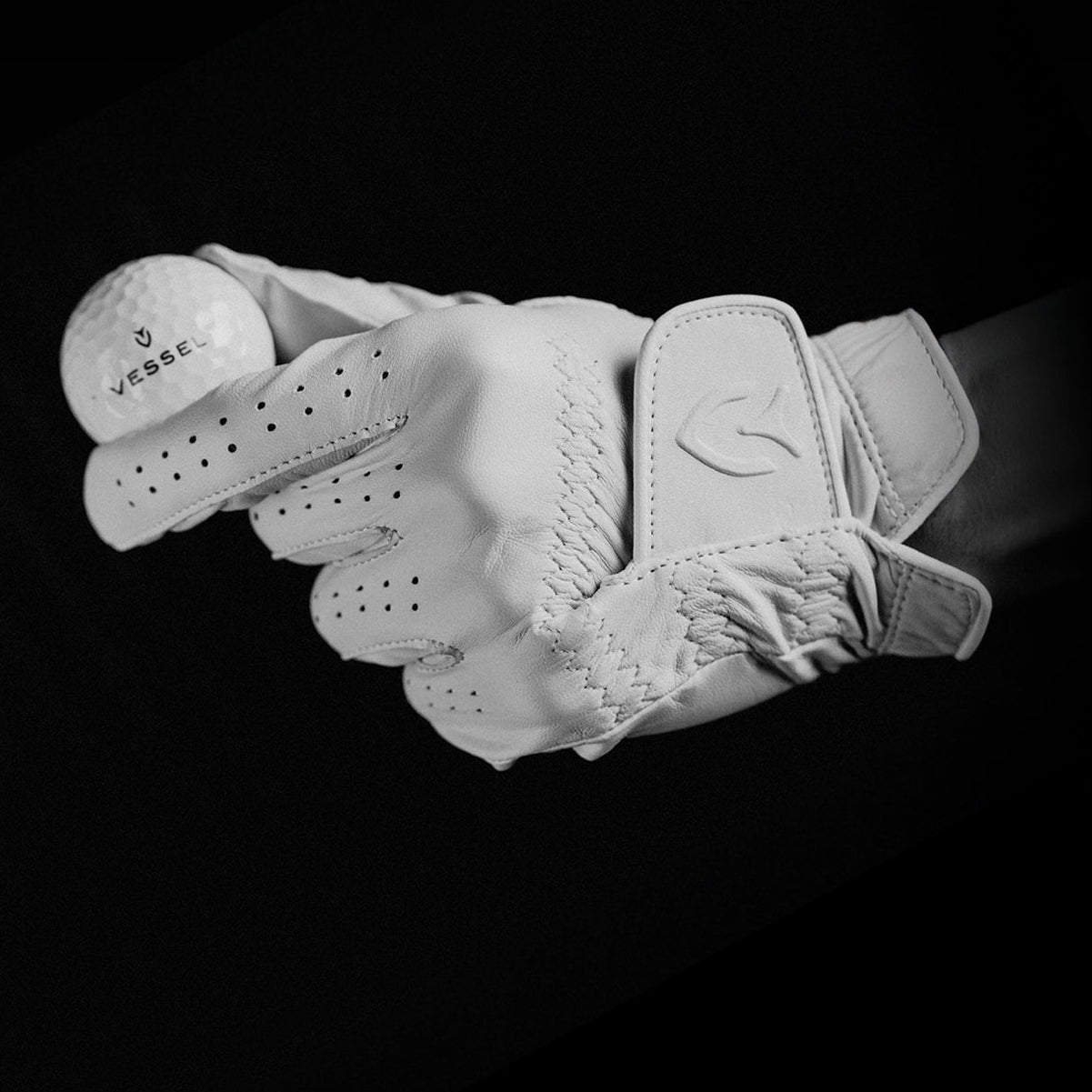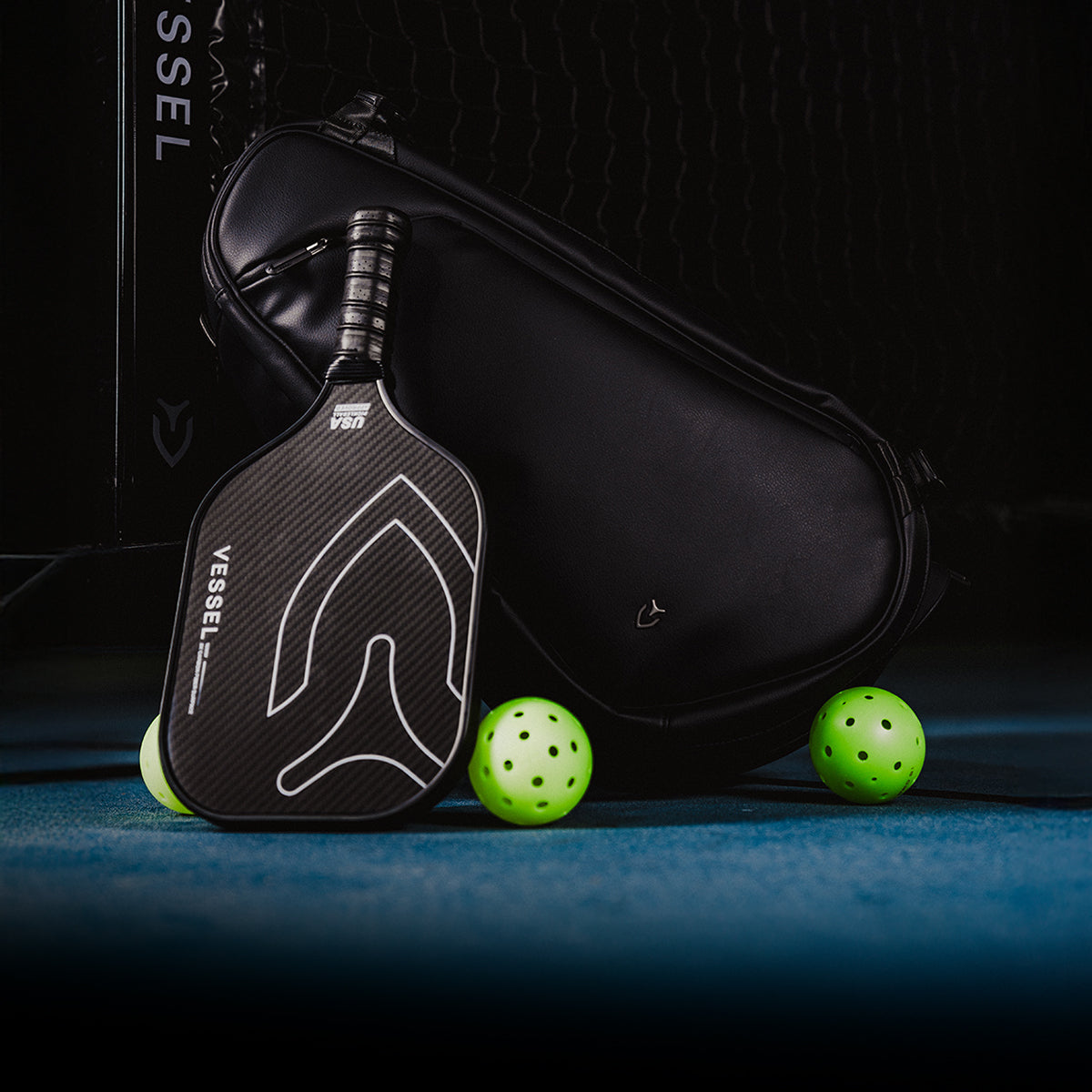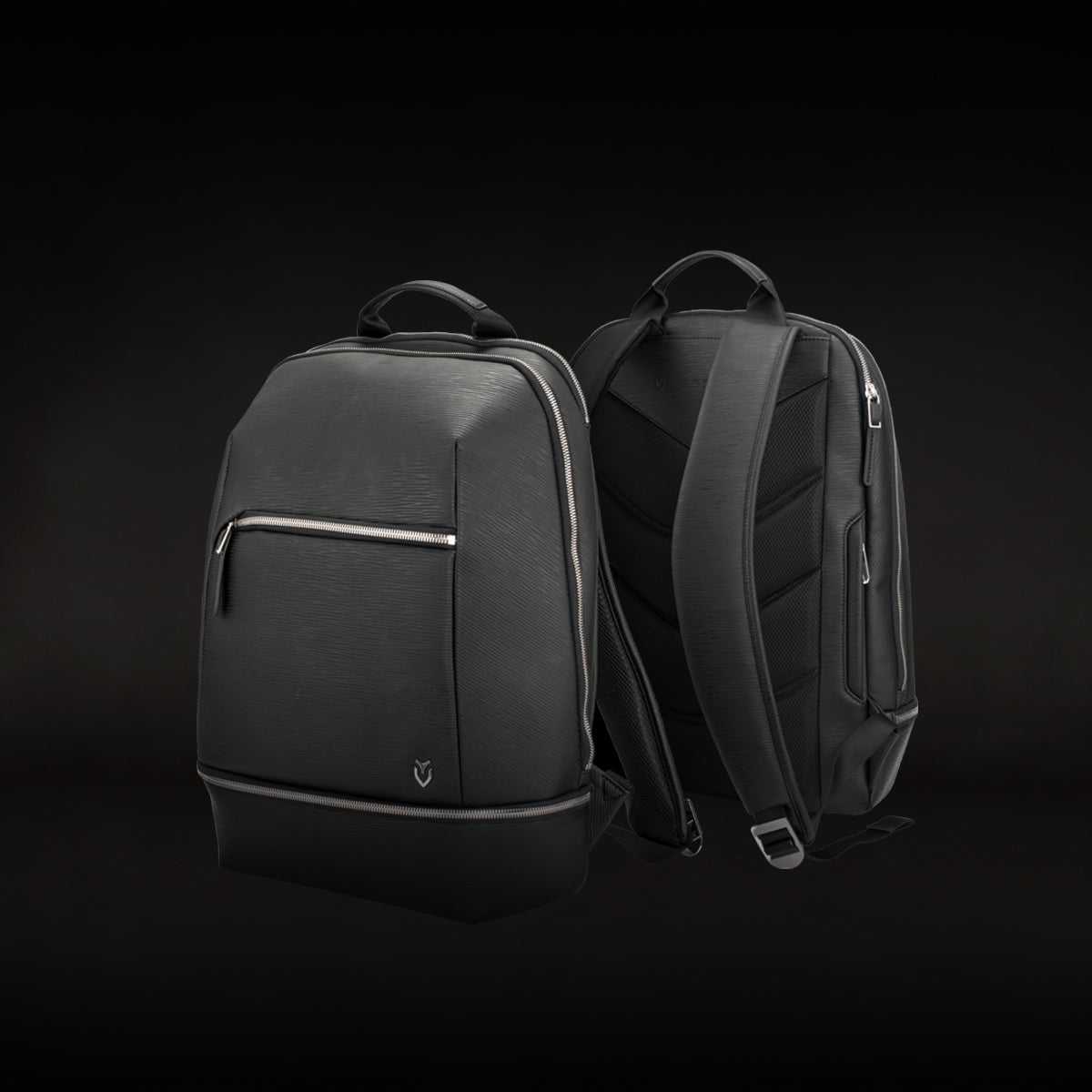

Understanding Golf Club Loft
When you pick up a golf club, you might first notice the clubface's angle relative to the shaft. This angle is known as the club's loft, and it's one of the most important factors in determining how the ball will behave when struck.
Golf club loft is the angle formed between the clubface and an imaginary vertical line when the club is in its normal address position. In simpler terms, it's the angle at which the clubface points upward. The loft is measured in degrees, with higher numbers indicating more loft and lower numbers indicating less. The primary purpose of the loft is to control the trajectory and spin of the golf ball. A higher lofted club will produce a shot with a higher initial launch angle, more backspin, and a steeper angle of descent. This results in a higher shot but doesn't roll out as much upon landing. Conversely, a lower lofted club will launch the ball at a lower angle with less backspin, producing a lower, more penetrating ball flight that rolls out more after landing. Finding the right balance of loft for your swing is key to optimizing your distance and control.
Typical Loft Degrees for Different Golf Clubs

Each type of golf club is designed with a specific range of lofts to fulfill different roles in your bag. Here's a breakdown of the typical loft ranges you'll find:
Club Type |
Typical Loft Range |
|---|---|
Driver |
8-12 degrees |
3-wood |
13-16 degrees |
5-wood |
17-19 degrees |
2-iron |
18-20 degrees |
3-iron |
20-23 degrees |
4-iron |
23-26 degrees |
5-iron |
26-29 degrees |
6-iron |
29-32 degrees |
7-iron |
32-35 degrees |
8-iron |
35-38 degrees |
9-iron |
38-42 degrees |
Pitching wedge |
42-46 degrees |
Gap wedge |
46-51 degrees |
Sand wedge |
54-58 degrees |
Lob wedge |
58-64 degrees |
Putter |
2-4 degrees |
It's important to note that these are general ranges, and exact lofts can vary between manufacturers and models.
Factors Influencing Golf Club Loft
Several factors can influence the ideal loft for your clubs:
Player Skill Level : Beginners often benefit from higher lofted clubs, which are more forgiving and easier to launch. As skill increases, players might opt for lower lofts to control ball flight better.
Swing Speed : Faster swing speeds can generate sufficient backspin with lower lofted clubs, while slower swing speeds often require higher lofts to achieve optimal launch conditions.
Course Conditions : Soft fairways may call for higher lofted clubs to prevent the ball from digging in, while firmer turf might reward lower lofts with more roll.
The Evolution of Golf Club Lofts
Golf club lofts have changed significantly over time. In the early days of golf, clubs had much higher lofts than we see today. For example, a 9-iron from the 1970s might have had around 48 degrees of loft, while a modern 9-iron is closer to 41 degrees.
This trend of decreasing loft over time, often referred to as "loft jacking" or "loft creep," is primarily driven by manufacturers competing for distance. By lowering the loft, they can advertise longer-hitting irons. However, this has also led to a compression of loft gaps between clubs and potential issues with gapping and control.
Choosing the Right Loft for Your Game
Finding the optimal loft setup for your clubs is a highly individual process that depends on your unique swing characteristics and goals. Here are some steps to help you choose the right lofts:
Assess Your Skill Level : Be honest about your current abilities. Higher handicappers will likely benefit from more loft, while better players prefer less.
Consider Your Swing : If you struggle to get the ball airborne, higher lofts can help. Reducing loft might be beneficial if you often hit the ball too high.
Get Fitted : A professional club fitting is the best way to determine the ideal lofts for your swing. Launch monitor data and expert analysis can pinpoint your optimal setup.
Adjustable Loft Technology
In recent years, adjustable loft technology has become increasingly common, especially in drivers and fairway woods. This feature allows you to change the club's loft within a set range, usually by a few degrees in either direction.
How It Works : Adjustable loft is typically achieved through a removable hosel or an adjustable sleeve at the base of the shaft. By loosening a screw or rotating the sleeve, you can change the club's loft.
Pros and Cons : Adjustable loft offers versatility, allowing you to fine-tune your clubs for different conditions or swing changes. However, it can also overwhelm some players and may introduce inconsistency if adjusted too frequently.
The Impact of Loft on Distance and Accuracy

Loft is a critical factor in determining how far and accurately you hit the ball. The right loft can help you optimize your launch conditions for maximum distance and control.
Launch Angle and Spin Rate : Loft directly affects the launch angle (how high the ball takes off) and spin rate (how much backspin is applied). Higher lofts increase both, while lower lofts decrease them.
Optimal Launch Conditions : For most golfers, the ideal launch conditions for maximum distance involve a high launch angle with low spin. However, the optimal numbers vary based on swing speed and other factors.
More lofts can lead to suboptimal launch conditions and loss of distance. Too much loft can cause the ball to launch too high with excessive spin, losing distance and control. Too little loft can result in a low launch with insufficient spin, causing the ball to fall out of the air prematurely.
Loft Gapping in Your Golf Bag
Having the right loft gaps between your clubs is essential for consistent distance control and avoiding awkward yardages.
Importance of Proper Loft Gaps : Ideally, you want each club to hit the ball a specific distance, with even gaps between clubs. This allows you to have a club for every situation and swing confidently.
How to Calculate and Adjust Your Loft Gaps : To determine your loft gaps, track your distances with each club over several rounds. If you find large inconsistencies or gaps, you may need to adjust your lofts or consider replacing clubs.
Custom Fitting and Loft Optimization
One of the best ways to ensure optimal lofts for your swing is through custom club fitting.
The Benefits of Professional Fitting : A skilled club fitter will use launch monitor data and their expertise to determine the best lofts for your clubs based on your swing characteristics, ball flight, and goals.
DIY Loft Adjustment Techniques : While not recommended for most golfers, it is possible to adjust your clubs' lofts using a loft and lie machine. This should be done cautiously, as improper adjustments can negatively impact performance.
Common Misconceptions About Golf Club Loft

Several common myths and misunderstandings about golf club loft can lead golfers astray.
Debunking Loft Myths : One prevalent myth is that a lower loft always equals more distance. While this can be true for some players, most golfers lose distance if their lofts are too low for their swing speed.
The Truth About Strong-Lofted Clubs : Another misconception is that strong-lofted clubs (clubs with lower lofts than traditional standards) are always better. While they can provide more distance, they can also be harder to hit consistently and may exacerbate gapping issues.
Advanced Concepts in Golf Club Loft
For those looking to dive deeper into the nuances of golf club loft, there are some advanced concepts to consider.
Dynamic Loft vs. Static Loft : Static loft is the club's loft at address, while dynamic loft is the actual loft at impact. Factors like shaft flex, swing path, and angle of attack can cause dynamic loft to differ from static loft.
The Relationship Between Loft and Club Head Design : Club head design elements like the center of gravity placement and face thickness can interact with the loft to influence ball flight. For example, a lower and deeper center of gravity can help launch the ball higher, even with less loft.
Loft Considerations for Different Types of Golfers
Different types of golfers have different loft needs based on their swing characteristics and goals.
Beginners : Higher lofts are generally recommended for beginners, as they provide more forgiveness and make it easier to get the ball airborne.
Intermediate Players : As players improve and swing speeds increase, they may start to benefit from slightly lower lofts for more control and workability.
Low Handicappers : Better players often prefer lower lofts for maximum control and shot-shaping ability. However, loft needs can still vary significantly based on individual swing characteristics.
Seniors and Juniors : Golfers with slower swing speeds, such as many seniors and juniors, typically benefit from higher lofts to help them achieve adequate distance and trajectory.
The Future of Golf Club Loft Technology
As golf technology continues to evolve, we can expect to see new developments in the realm of loft design and optimization.
Some manufacturers experiment with novel materials and construction techniques, allowing thinner, more flexible clubfaces. This could improve ball speed and distance, even at higher lofts. We may see a trend towards more individualized loft configurations based on player data and advanced fitting technologies. As launch monitor technology becomes more accessible, golfers may have more opportunities to fine-tune their lofts for optimal performance.
In conclusion, golf club loft is a fundamental aspect of club design that greatly impacts ball flight, distance, and control. By understanding the role of the loft and how it interacts with your individual swing, you can make informed choices about your equipment and optimize your performance on the course. Whether you're a beginner or a seasoned pro, taking the time to dial in your lofts can pay big dividends in your game.







